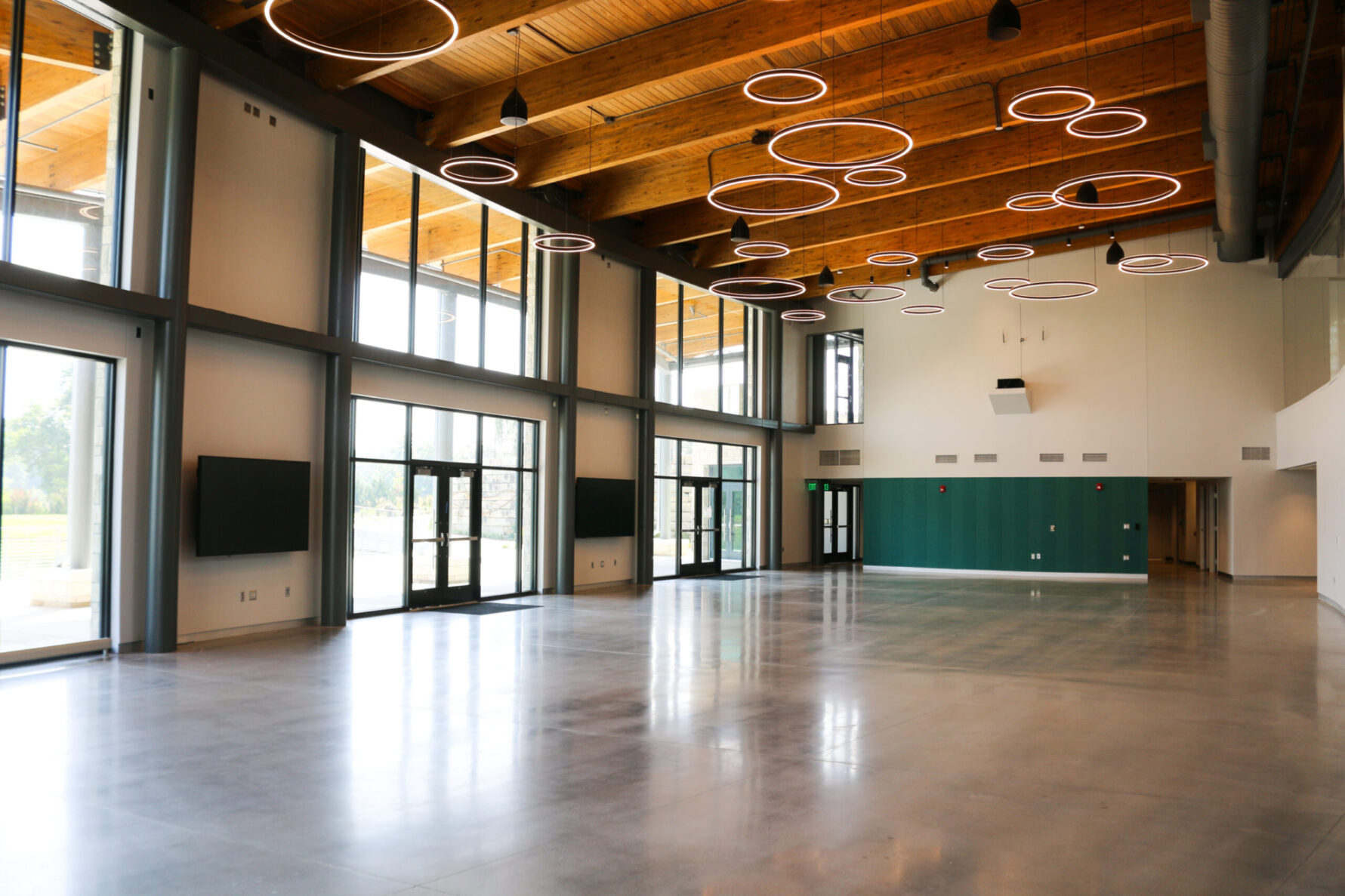Understanding Behavioral Health Design

The best behavioral health architecture and construction requires going on an empathetic journey. It means carefully marrying safety with a hospitality feel, dispelling stereotypes, and creating spaces that signify healing. As builders, we take responsibility not just to construct structures, but to understand the design to help craft healing environments that unlock the potential for mental well-being.
Balancing Clinical Requirements, Safety and Care
Both conventional and behavioral health facilities serve the same core of healing. A key difference becomes the focus on the widely varying patient needs, along with the safety of patients, care professionals and visitors. According to Dawn Wessels, project development manager at McCownGordon, “Environmental details of space are critical and revolve around the type of patients being treated, including their age and diagnosis. We take a deep dive into understanding the facility and the end users during preconstruction. For example, a behavioral health patient who requires intensive care needs not only an anti-ligature space but also availability to acute care treatments like oxygen and a specialized treatment bed. On the other hand, a unit providing geriatric treatment may focus more heavily on therapeutics spaces designed to help deescalate unpredictable behavior.”
“One main distinction between designing a mental health facility and a traditional health facility is understanding the stigma of behavioral health and intentionally overcoming it by creating an environment where patients feel safe, connected, and are surrounded by a space that promotes mental well-being,” explains Basil Sherman, principal at Pulse Design Group.
Creating Healing Environments
One core differentiator lies in the purpose of the patient room itself. Unlike a typical healthcare setting where one room serves as a hub for treatment, in mental health facilities the emphasis shifts to incorporating communal spaces. Healing transpires in group or individual therapy areas, redefining the role of architecture as a facilitator of therapeutic engagement.
A decade ago, mental health spaces were synonymous with confinement. Today, we strive to create environments that balance safety with a focus on therapy, providing patients with personal and communal spaces. The task is not only about structural design but extends to every detail, from lighting to furniture. From a construction standpoint, this results in special considerations that exceed those of a standard acute care, emergency treatment, outpatient clinic or observation unit. During preconstruction our team collaborates with the design team to better understand how the space will be used. With this understanding, our preconstruction team then provides evaluations of different finishing materials, considering budget, schedule and quality for each space within the building to meet those specific needs.
Maximizing Collaboration and Pre-planning
Designing behavioral health facilities also requires decoding security flows and creating spaces that range from least to most secure. These designs demand a keen eye for safety nuances, durability and, most importantly, being very intentional about the spaces and square footage that require the highest safety standards. From a construction standpoint, this often involves using mockups, whether virtual or physical, to help preplan and source specialized materials, such as anti-ligature products, while also ensuring the safest placement of MEP equipment, beds and other components to minimize risk once the building is operational.
“We believe a very high level of collaboration between the design team, construction partner and end-users is important to ensure the functionality of these different spaces are both secure, efficient, and effective,” explains Derek Kautio at McCownGordon. Part of this process involves bringing trade partners in early and educating them on the facility’s purpose and the client’s mission, as well as the additional regulatory requirements applicable to behavioral health facilities. When combined with daily communication, gaining trade partner understanding and commitment further ensures their focus on delivering the highest quality work.
To stay abreast of the dynamic landscape of mental health facilities, architects and construction managers must immerse themselves in continuous research. This involves attending conferences, engaging with caregivers, exploring new products, and diligently following regulatory updates from bodies like Centers for Medicare and Medicaid Services (CMS) and The Joint Commission (TJC).
Assuring Quality and Defining Training
“Another key element includes our ability to manage the QA/QC and turnover of the built space. The process to release space to an owner for patient care is much more than just a punchlist; it’s an in-depth survey of every corner of the space,” explains Derek.
It also demands a deeper level of security and systems training for staff, including sharing the reasons for the build-out to deploy and maintain the appropriate safety and security measures. It is crucial that caregivers and building occupants buy into the systems put in place, like security sequences, response in emergency situations, and strategies for the location and uses for group rooms and seclusion rooms. These are all imperative to protect patients, visitors and staff. An experienced construction team works in lockstep with the owner to provide this training and assist in familiarizing caregivers with this education process.
“The ideal partnership involves a team that challenges the design in preconstruction, within the bounds of safety, mutual respect, and a proven track record in working together on challenging and complicated projects,” says Basil.




